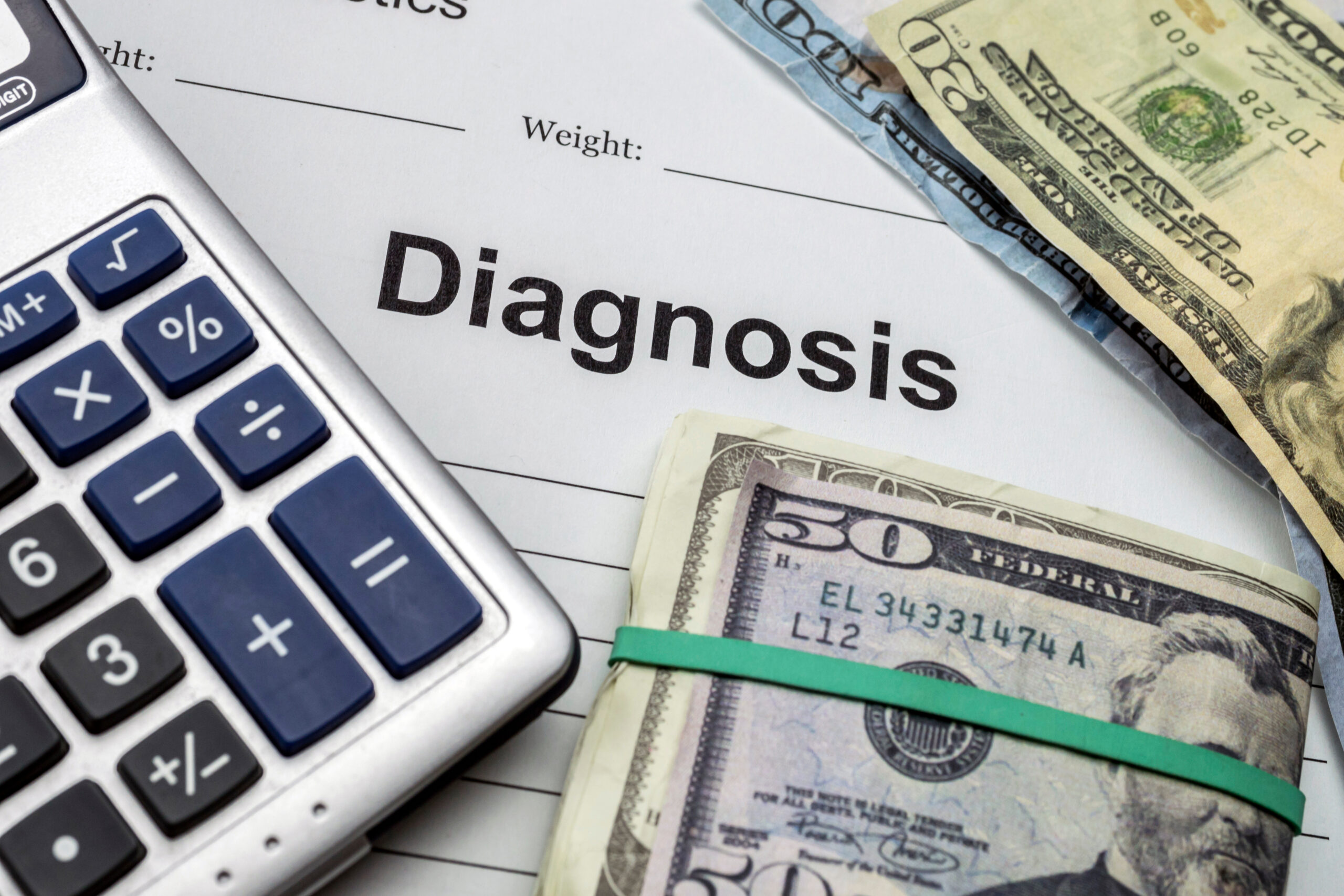How Can You Use Sleep Tracking Wearables to Monitor Your Rest?
Sleep tracking wearables have become popular tools to help people understand and improve their rest. These devices, often worn on the wrist like smartwatches or fitness bands, use a mix of sensors and smart algorithms to monitor your sleep patterns in a simple, non-intrusive way.
## How Sleep Trackers Work
Most sleep trackers rely on **actigraphy**, which means they measure your movements during the night using accelerometers. When you move less, the device assumes you are asleep; more movement usually means you are awake[5]. However, modern wearables go beyond just tracking motion. They also measure:
– Heart rate and heart rate variability
– Respiratory rate
– Skin temperature
– Blood oxygen levels
These additional signals help give a fuller picture of your sleep quality and stages[5].
## What Sleep Data Can You Get?
Sleep trackers typically break down your night into different stages:
– **Awake**: Times when you are not sleeping
– **Light sleep**: A lighter phase of rest where it’s easier to wake up
– **REM (Rapid Eye Movement) sleep**: Important for memory and dreaming
– **Deep sleep**: The most restorative phase that helps with physical recovery
Devices like WHOOP have been shown in studies to be very accurate at identifying these stages by comparing their data with gold-standard lab tests called polysomnography (PSG)[4]. For example, WHOOP can detect short wake periods during the night better than many other devices[4].
## Monitoring Sleep Apnea Risk
Some advanced wearables can even track signs that might indicate obstructive sleep apnea (OSA), a condition where breathing stops briefly during sleep. They do this by detecting subtle wrist movements caused by body twitches when breathing is interrupted[3]. If these events happen frequently enough, the device may alert you about potential risk so you can seek medical advice.
## Using Your Sleep Tracker Effectively
To get the most out of a wearable for monitoring rest:
1. Wear it consistently every night so it learns your patterns.
2. Review detailed reports showing how much time you spend in each stage.
3. Pay attention to trends over days or weeks rather than single nights.
4. Use insights about recovery needs based on how much strain or activity you’ve had during the day (some devices calculate personalized recommended sleep times)[2].
5. Consider alerts about irregularities such as frequent awakenings or possible apnea episodes.
By understanding this data, you can make lifestyle changes—like adjusting bedtime routines or managing stress—to improve overall rest quality.
—
In summary, modern sleep tracking wearables combine movement sensing with heart rate and other physiological data to provide detailed insights into how well you’re sleeping each night. They offer an easy way to monitor not just total hours slept but also important aspects like deep and REM phases as well as potential health risks related to breathing disturbances during sleep[1][2][3][4][5].





